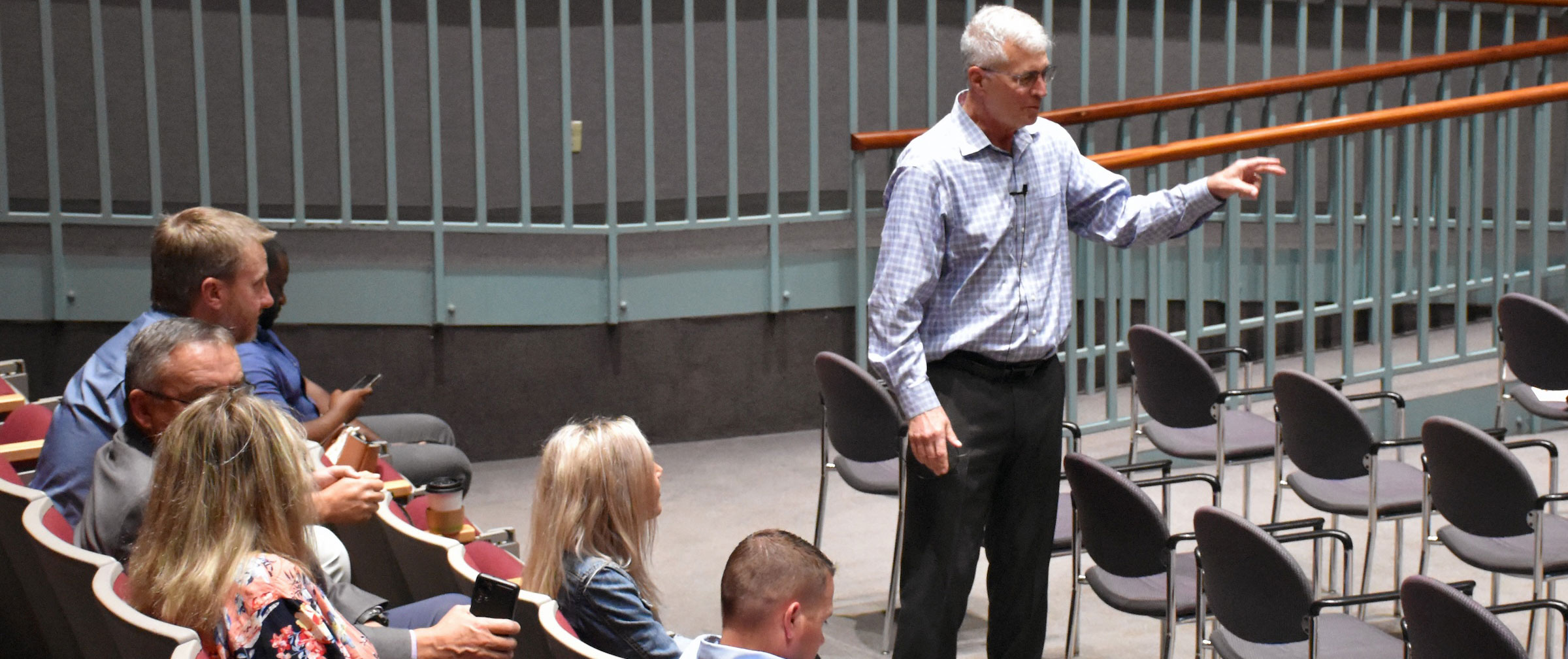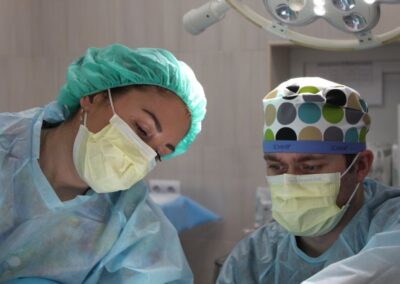Getting Back to the Basics- Balancing Quality and Cost in a Community Hospital
I am sick and tired of hearing that community hospitals can no longer compete in the new health care world. Some say that community hospitals have become dinosaurs….. although I remind those critics that dinosaurs lived for over 400 million years!! But there is no dispute that community hospitals are under more pressure than ever to deliver, in an era of public data and accountability, superior quality, and patient experience in a cost effective manner.
Occasionally through my travels, I find a community hospital that is truly remarkable. Listening to the stories from the administrators and physicians gives me great joy and optimism about the future of community hospitals and their delivery systems. Their Boards are rarely doctors, but rather concerned citizens who simply want to make a difference in their community, by closely working with the hospital staff and the physicians- and do they make a difference!
Such an example is a hospital that I visited last week, Childress Regional Medical Center. Located in Childress, Texas, a town about two hours away from any tertiary hospital, they have been cited in a recent I-Vantage study ranking them among the top 5 rural hospitals in Texas. Childress Regional Medical Center excels in outcomes, patient experience, and maintaining cost effectiveness. When I visited, my primary goal revolved around evaluating their practices and how they achieved such high measures. Their success was immediately apparent, the sense of employee pride was palpable when I first walked in the door. Many of the patients in that hospital were born there. The physicians are working on “grand-deliveries”. The sense of community commitment is very strong.
When asked about balancing quality and cost, CEO John Henderson said, “We don’t accept the idea that quality and cost compete. We have found that quality happens when people are working hard and making good use of resources.”
Interestingly, he feels that there can even be an inverse relationship between quality and workload, “Our biggest problems seem to be when inpatient census dips… I think it’s because people have a tendency to relax. You can be overworked, but you can also be too slow.”
Lack of Medicaid coverage is a threat to the community hospitals, especially in states that have not expanded coverage such as Texas. “I think the most stressed community hospitals will be rural safety net hospitals in states that don’t expand Medicaid. They will be dealing with Medicare cuts without coverage expansion. And they will be in conservative states that continue to squeeze entitlement spending. So the challenge will be continually to do more with less”, says Henderson.
One of the biggest criticisms of community hospitals is the inability to provide local specialty care, but diligence and creativity still prevail in Childress: “We have found unique ways to provide high-quality specialty services (orthopedics and oncology), in spite of low volume, in an isolated area of the state.” At least in these two specialties, there is much better community access than would have been expected given the population. They are looking at the opportunities to provide additional specialty coverage in the next few years.
Rural hospitals have the opportunity to truly execute on a mission to provide excellent, cost effective care in the community. My mantra to community hospitals is to do everything that they can to keep the care “here”, as long as it is safe. Transparency can be a great equalizer. All hospitals have the opportunity to excel and to prove their value.
My response to the critics of community care: For rural hospitals to succeed, it is imperative that these hospitals take on the challenge of high quality, high satisfaction and cost effectiveness. Most hospitals can excel in any two of those. The real issue is to be able to excel in all three. That is the future of sound community care and the key to the longevity of community care. Patients want to stay local, now we can show that it can be done as safely as anywhere else. Deliver the Value and community hospitals will be successful. And it all goes back to the basics.
The care is safe in Childress. Their community hospital is alive and well and truly delivering value to the patients that they serve. They have shown us that this can be done.




